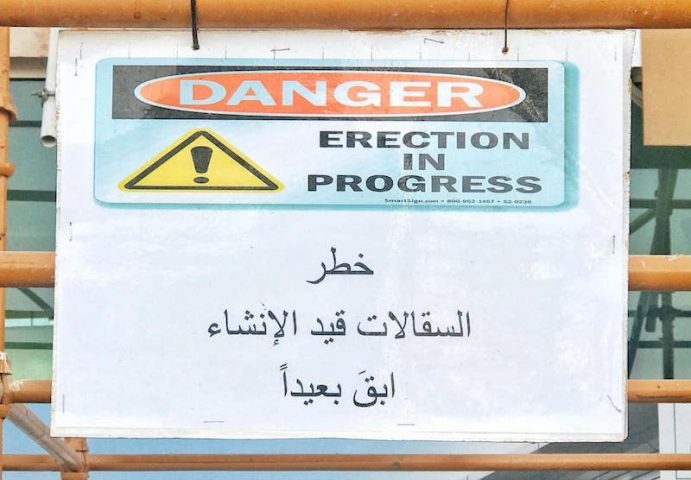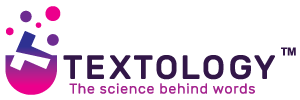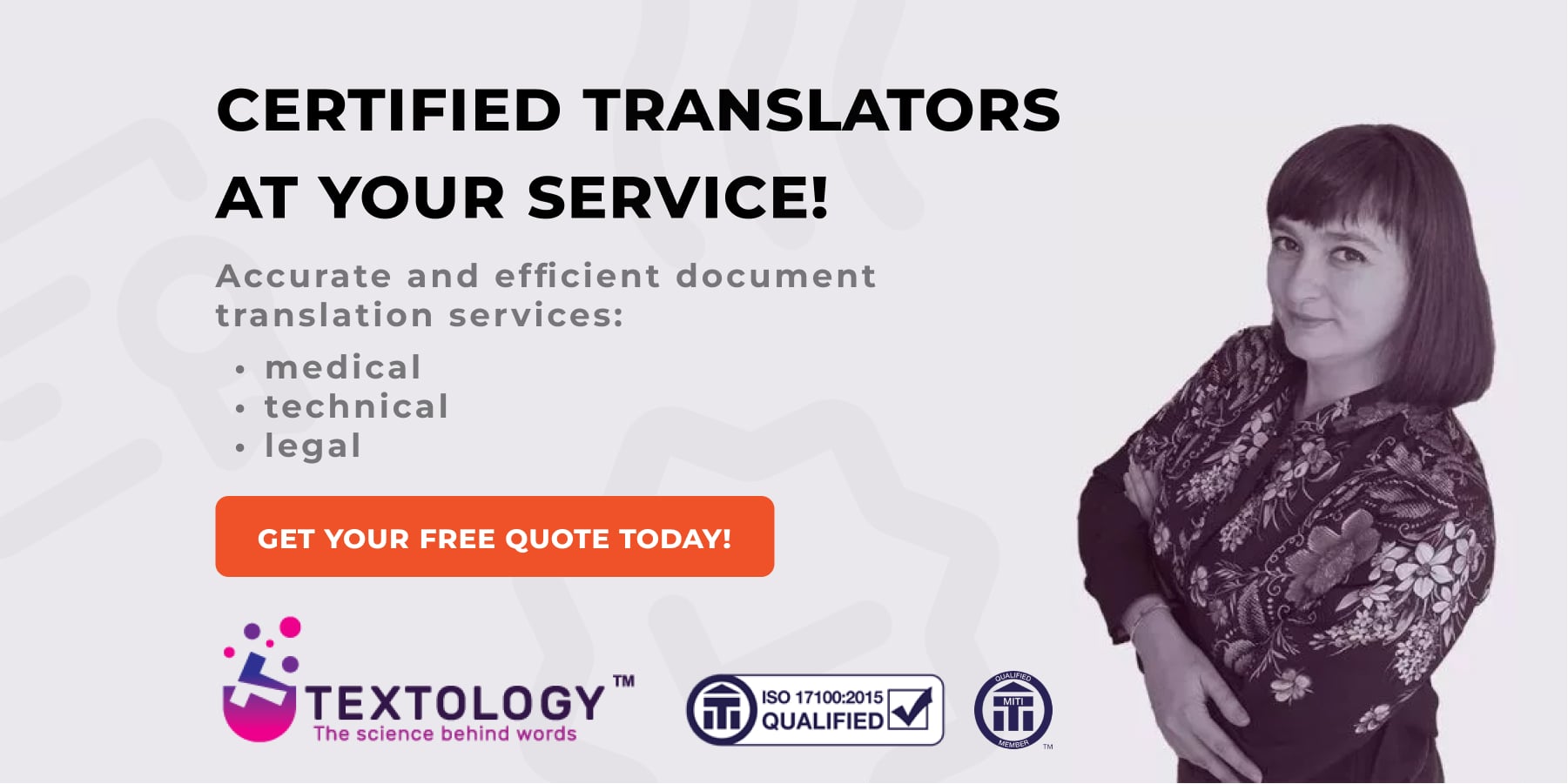
As a free and easy to use translation tool, Google Translate is used daily by millions of people. It came a long way since its debut in 2006, but the most significant change came in 2018, when a massive update was implemented. There’s no denying that this machine translation tool contributes massively to day-to-day communications between many languages (in 2020 its language base increased to 108), but is it really as good as it may seem?
How does Google Translate work?
In general, the software generates results based on previous translations and to that end analyses extensive amounts of data collected throughout the years.
At first, Google Translate based its databases on documents from the European Parliament and the United Nations. After the aforementioned update it works based on AI and machine learning. This helped with the overall translations’ quality.
The new Google Translate got more accurate, but it still has some of its old limitations – it still works on a surface level and any texts with multiple meanings or even slightly veiled messages won’t get translated properly. It only delivers the standard solution without any broader context.
Reasons for not using Google Translate in medical and professional translation
Despite seeming as a cost-effective way to translate documents, Google Translate shouldn’t, in any circumstances, be used for professional dealings. This is especially true for medical translations – as shown by research done by Patil and Davies for The BMJ in 2014 (BMJ 2014;349:g7392). It tested Google Translate for the most commonly used medical phrases in 26 languages – although the overall accuracy was 57,7%, some translations got horribly wrong (especially for Swahili with only 10% matching the original message). The most miss-matched phrase was ‘Your child has been fitting’ with only 7,7% accuracy. Since then, it got better (as shown by a 2019 study on translated discharge statements), but it still can’t compete with a qualified human translator.
Let’s take a closer look at the main reasons for not using machine translation like Google Translate for important documents:
1. Its translations are literal
Although it might not be a big problem in simple sentences, any word with more than one meaning can go in an entirely wrong direction. The same goes for any idioms or technical jargon. This will not only make your documents seem childish or even completely nonsensical, but also ruin your chances for passing any standards, e.g., posed by clinical trials.
This is especially true for less common languages or those with more complicated structure. A good example is a phrase from the aforementioned 2019 study – ‘You can take over the counter ibuprofen as needed for pain’ – which Armenian translation meant ‘You may take anti-tank missile as much as you need for pain’.
2. It’s not operated by professionals
Although native speakers and professional translators can contribute to Google Translate’s databases, they are in no shape or form curated by experts. Therefore, most specific phrases can slip through the cracks of the filtering process and get replaced by more common ones that don’t match the meaning.
Even the slightest deviation in medical instructions can endanger someone’s health or even life – to make sure your translations get the best treatment, make sure to always use professional medical translation services.
3. It can’t cope with regional dialects
It’s rather obvious that many languages have their fair share of dialects, accents, and even regional speeches. Machine translation can’t properly navigate between them, in the best scenario making the translation feel bland and generic. In some languages, like Arabic or Chinese, dialects can be so different that their day-to-day users won’t understand one another. GT’s base of dialects is very limited, making it mostly useless while dealing with a specific audience.

4. There’s no proofreading
The price for getting almost instant results is that there’s nothing checking the text for potential errors. The automatic system can only do so much and the translations are prone to errors. If you know the language you could proofread it yourself, but if you’re using it for a language completely alien to you, there’s really nothing you can do.
Moreover, proofreading takes time and resources that can be better spent elsewhere, especially in the medical profession. So save yourself time and employ a qualified translator that will proofread all the entrusted documents.
5. There’s no confidentiality
Everything that gets typed into Google Translate ends up in its databases and can be quite easily compromised. This may lead to leaks of personal information, especially if you use unsecured connections.
Even if you remove all the sensitive data before the translation, using GT can be considered as sharing information with a third party, which goes against most privacy regulations.
Professional translation services – best way to keep your patients and business dealings safe
Employing a qualified translator proficient in medical terminology is the best way to ensure the best possible translation of even the most important documents. If you need to translate any medical documents, feel free to contact TEXTOLOGY – a London-based translation agency. All our translators are qualified native speakers that can provide accurate and fit for legal purposes translations of technical and medical documents.

